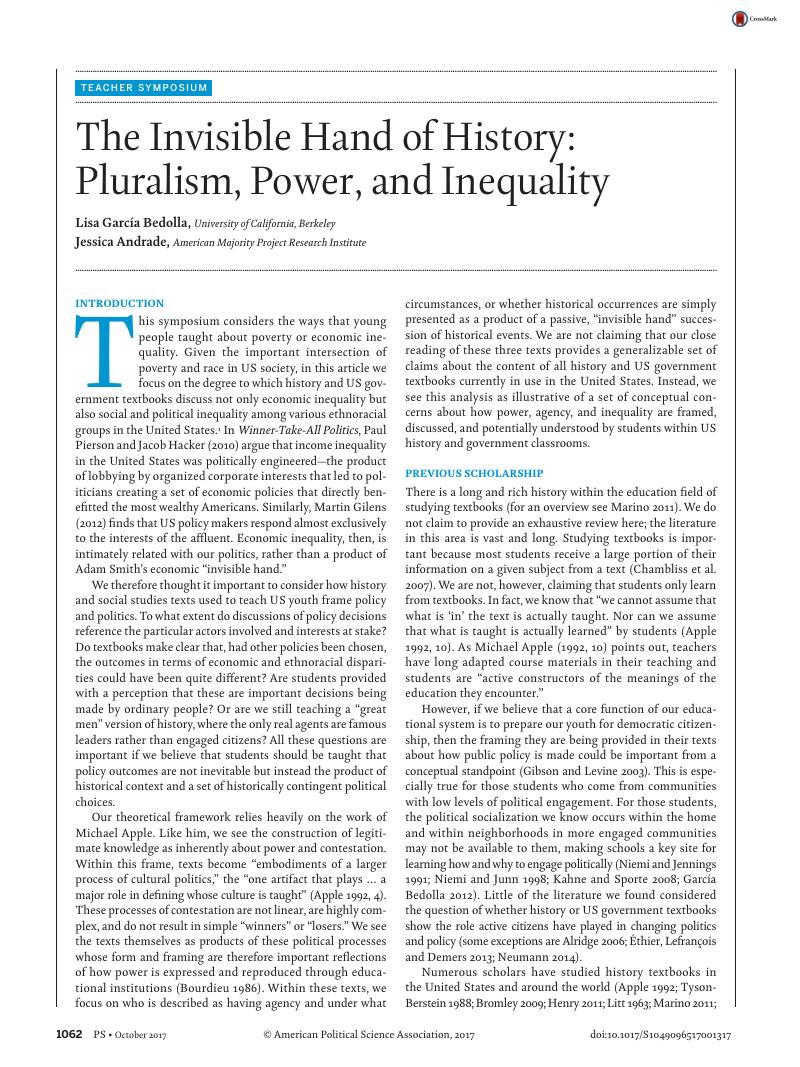Crossref Citations
This article has been cited by the following publications. This list is generated based on data provided by Crossref.
Parkhouse, Hillary
and
Arnold, Bryan P.
2019.
“We're Rags to Riches”: Dual Consciousness of the American Dream in Two Critical History Classrooms.
Teachers College Record: The Voice of Scholarship in Education,
Vol. 121,
Issue. 9,
p.
1.



